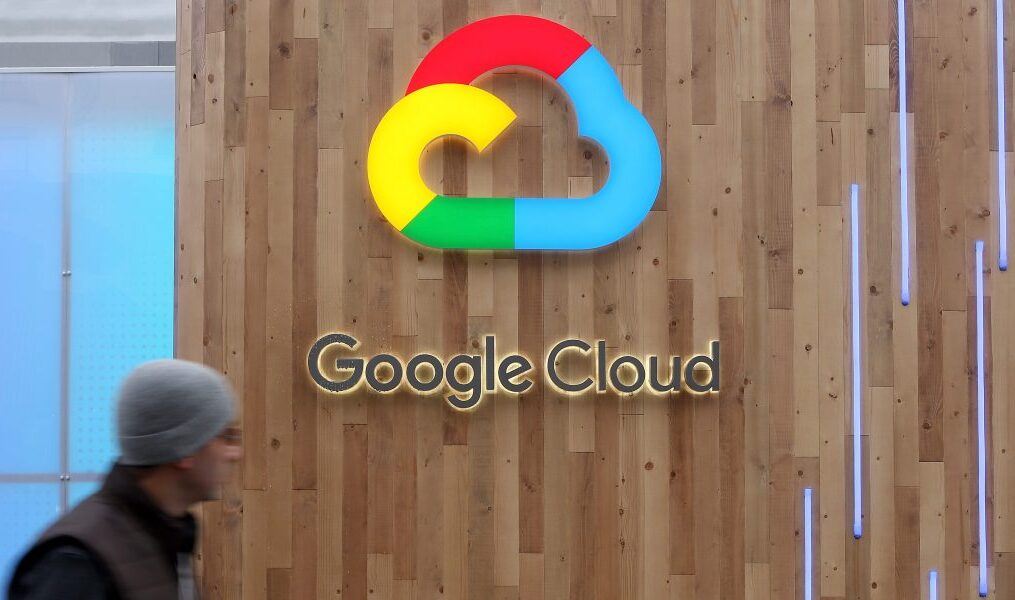Top 10 cloud technology predictions from Google

DAVOS, SWITZERLAND – JANUARY 25, 2022: A pedestrian passes a Google Cloud logo
Image Credit: Adam Berry / Getty Images
Did you miss a session from MetaBeat 2022? Head over to the on-demand library for all of our featured sessions here.
Today, at its Cloud Next event, Google unveiled a range of solutions and updates across its product and services suite to empower all levels of developers and technical decision-makers. The focus was on providing the most open, extensible and powerful data cloud, but the company didn’t just showcase its product innovations. It also gave a glimpse at where we’re headed — with its and other similar products.
Here are Google’s top 10 cloud technology predictions for the next three years.
Neuro-inclusive design will stand out
First, Jeanine Banks, VP and general manager of developer X and head of developer relations at Google, predicted that a neuro-inclusive design strategy will stand out. She said that the developers who will start their projects with a focus on neuro-inclusiveness, building with simplicity and without distractions, will see five-fold growth in user adoption by the end of 2025. To achieve this level of accessibility, Banks said, seven principles will be critical: balance, proportion, unity, light, color, space and patterns.
[Follow VentureBeat’s ongoing Google Cloud Next 2022 coverage »]
Event
Low-Code/No-Code Summit
Join today’s leading executives at the Low-Code/No-Code Summit virtually on November 9. Register for your free pass today.
Widespread adoption of curated open source
Eric Brewer, VP of infrastructure and Google fellow, predicted that curated open source, which will add a layer of accountability to today’s free or “as-is” open source, will see adoption from four out of five developers in some capacity. The internet giant already offers curated open source as part of its Assured Open Source Software (AOSS) service.
Automated secops workflows
According to Iman Ghanizada, Google’s global head of autonomic security operations, as much as 90% of security operations workflows will be automated and managed as code by the end of 2025. On Google’s part, this will be done with continuous detection and response enabled through services like Community Security Analytics and Chronicle.
AI-driven four-day work week
After Iman, Kamelia Aryafar, senior director of engineering at Google Cloud AI, predicted that artificial intelligence (AI) is going to be the primary driving force for moving to a four-day work week. She emphasized that AI innovations, such as Google’s Vertex AI, will automate tasks and enable teams to achieve the work of five days in four days.
Most data will be actionable in real time
Irina Farooq, analytics product leader at Google Cloud, suggested that 90% of all data will be actionable in real time using machine learning by the end of 2025. Google, she said, is making it possible with developments such as Dataplex (which unifies distributed data and automates data management and governance) and support for unstructured data and Apache Spark on BigQuery.
No barriers between transactional and analytical
For years, transactional and analytical workloads have been separate database workloads. However, Andi Gutmans, VP and GM of databases at Google, predicts that these barriers will disappear by the end of 2025. He said Google Cloud services such as Spanner, Cloud SQL, BigTable and AlloyDB will have a role in making that happen.
Automated cloud infrastructure decisions
Amin Vahdat, VP and GM of systems and services infrastructure at Google, predicts that more than half of cloud infrastructure decisions will be automated in the next three years. This shift, he said, will be based on an organization’s usage patterns — scale and performance needs.
Sustainability will be a priority
While developers have long focused on building applications and projects with a focus on security, reliability and performance, Steren Giannini, group product manager at Google, predicts that things will soon change with sustainability taking the front seat. He notes that as many as three out of four developers will lead their projects with sustainability as the primary development principle. To this end, Google offers a carbon footprint tool to measure the sustainability impact of cloud usage.
Multicloud’s impact
Richard Seroter, director of DevRel and outbound product management, believes that over half of all organizations using the public cloud will switch their primary cloud provider as a result of multicloud capabilities available in the market such as Anthos and BigQuery Omni.
Low-code/no-code will take over
Finally, Jana Mandic, engineering manager at Google, suggested that low-code and no-code will take over enterprises in the next three years. She predicted that the impact of this shift will be such that over half of all business applications will be built by users who do not identify as professional developers today. Notably, Gartner too predicts that low-code/no-code technologies will power more than 70% of new apps by 2025.
Google Cloud Next runs from October 11 to 13, 2022.
VentureBeat’s mission is to be a digital town square for technical decision-makers to gain knowledge about transformative enterprise technology and transact. Discover our Briefings.
